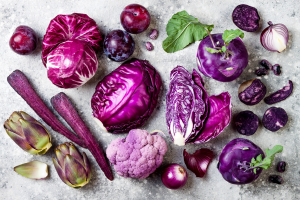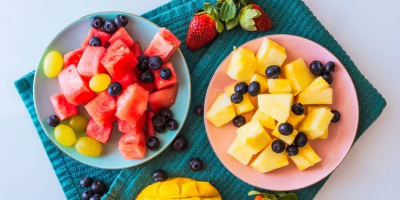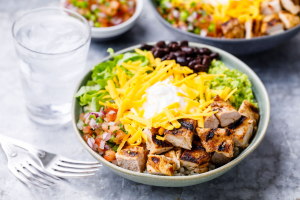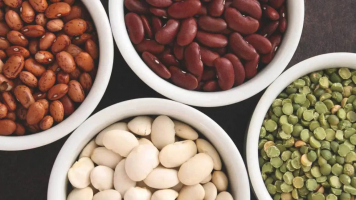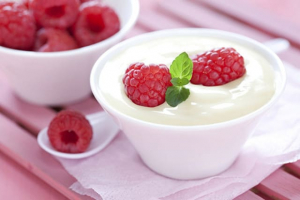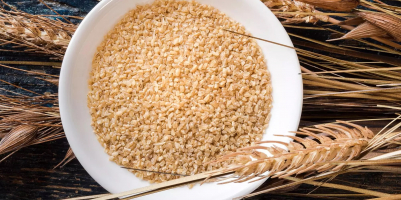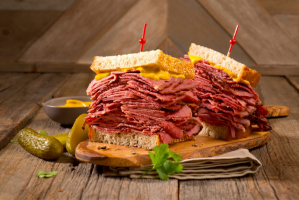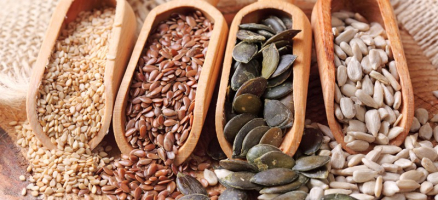Top 13 Best Prebiotic Foods You Should Eat
Prebiotics are a type of dietary fiber that feeds your gut's "friendly" bacteria. This enables your gut bacteria to generate nourishment for your colon cells, ... read more...resulting in a healthy digestive system. Short-chain fatty acids such as butyrate, acetate, and propionate are among these nutrients. These fatty acids can enter your circulation and help your metabolic wellness. Prebiotics, however, should not be mistaken for probiotics. Read on to explore the healthy prebiotic foods that you should eat.
-
Chicory root is frequently used as a caffeine-free coffee substitute. Its inulin fiber promotes friendly gut flora, alleviates constipation, and can aid in glucose management. Chicory root is derived from a dandelion-like blooming plant. It is well-known for its coffee-like flavor and has long been used in cooking and medicine. It also contains a lot of prebiotics.
The prebiotic fiber inulin accounts for approximately 68% of chicory root fiber. Chicory root contains inulin, which promotes digestion and bowel function and aids in constipation relief. It may also aid in the prevention of diabetes by increasing levels of adiponectin, a protein that aids in blood glucose regulation. Chicory root is also abundant in antioxidant substances, which may protect your liver from oxidative damage.
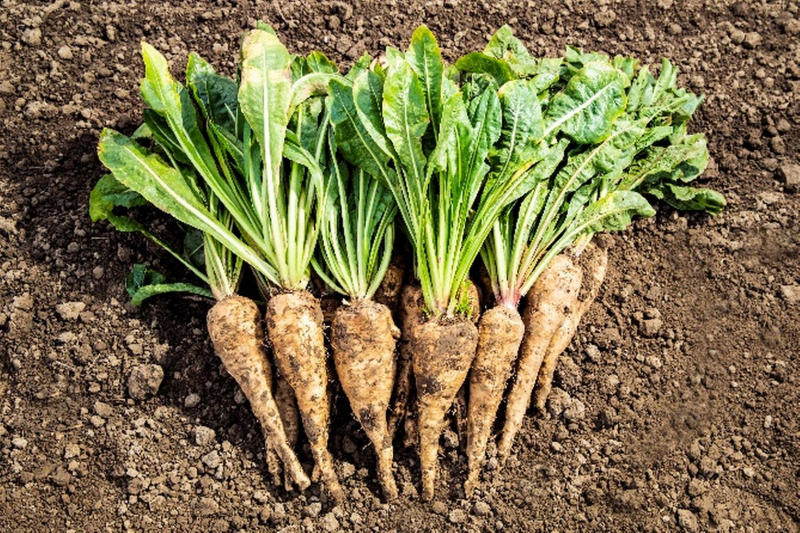
Chicory root 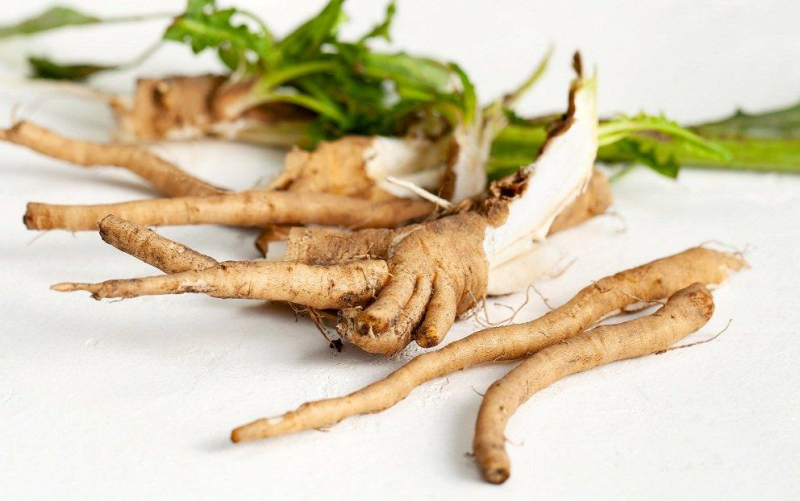
Chicory root -
The Jerusalem artichoke, also known as the sunroot, sunchoke, or earth apple, is a sunflower family member with several health advantages. The vegetable, which has a sunflower-like look, has roughly 2 grams of inulin-rich dietary fiber per 100 grams. Inulin promotes digestive health by increasing the number of friendly bacteria in your colon. It can also help with mineral absorption in the large intestine.
Including Jerusalem artichokes in your diet may assist your immune system, decrease your cholesterol, and even avoid some metabolic problems. Thiamin, or vitamin B1, is also abundant in Jerusalem artichokes. Fatigue and altered muscular function can result from thiamin insufficiency.
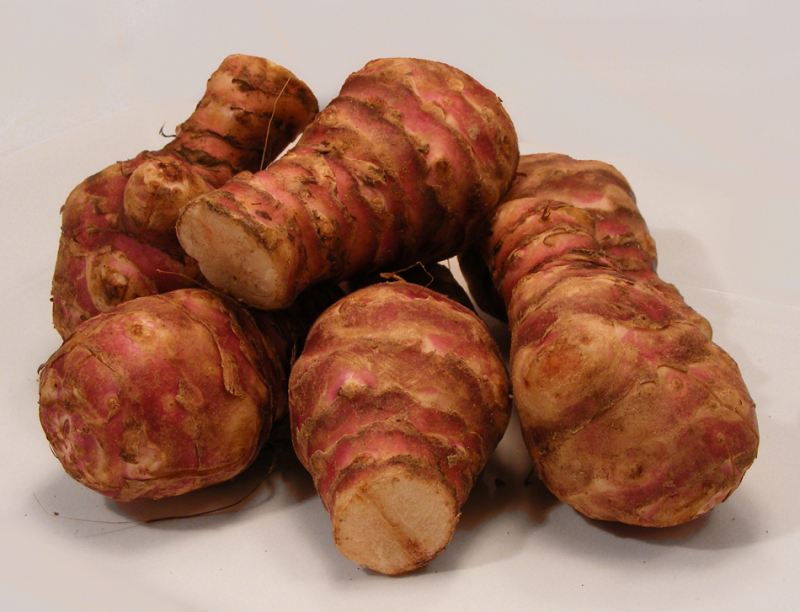
Jerusalem artichoke 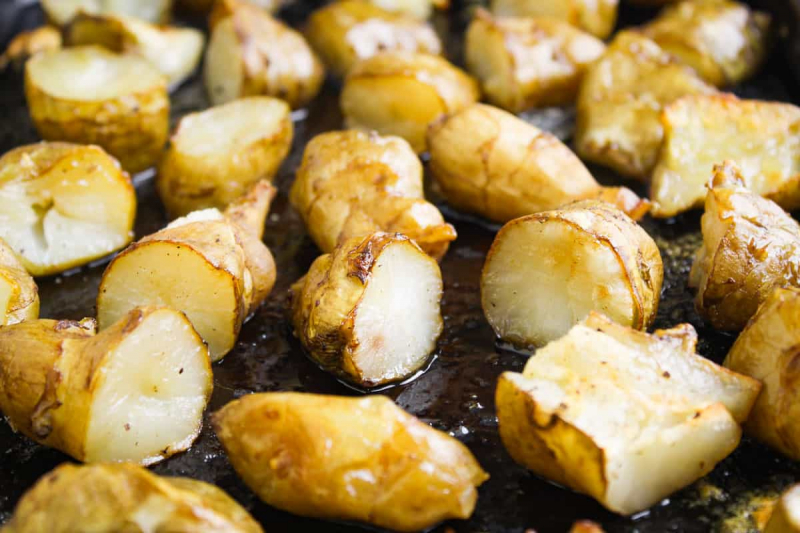
Jerusalem artichoke -
Garlic is a common ingredient in many cuisines throughout the world, which speaks much about its health benefits. Garlic also includes fructooligosaccharides (FOS), a prebiotic that might be good for your health. Furthermore, taking garlic or its extract can encourage the growth of healthy bacteria in your stomach, which can help lower your risk of cancer, heart disease, and asthma. If you despise eating raw garlic, the good news is that there are a plethora of nutritious recipes that call for it as a foundation ingredient, so feel free to explore.
If you dislike the flavor of garlic, Nutrition Odorless Garlic tablets may be of assistance. Considered a superfood, garlic can aid in the treatment of cardiovascular diseases such as high blood pressure, cholesterol, and heart attacks. It also helps your immune system, circulation, and digestion, and it has detox and cleanses properties.
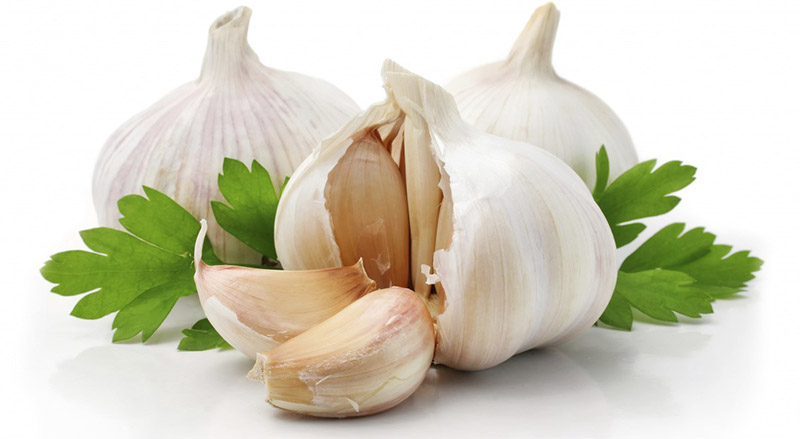
Garlic 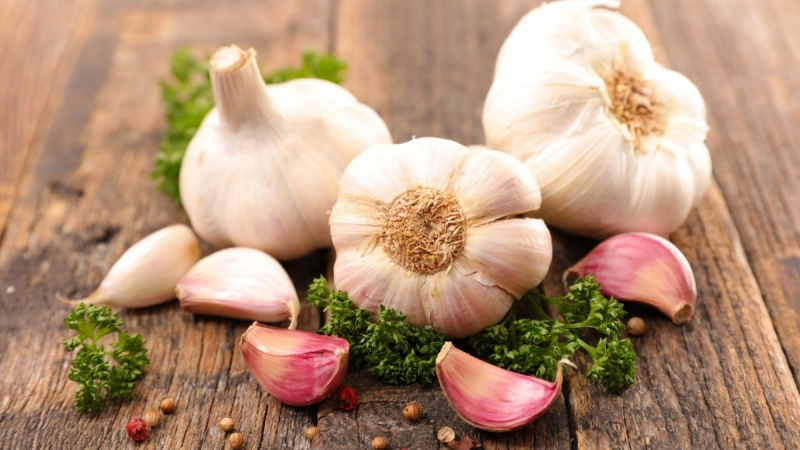
Garlic -
Dandelions are a blooming plant family, and their greens can be cooked or eaten fresh. They're an excellent source of fiber. 1 cup (55 grams) contains 1.92 grams of fiber. Inulin accounts for a large amount of this fiber. Dandelion greens include inulin fiber, which helps to relieve constipation, raise friendly bacteria in your stomach, and enhance your immune system. Dandelion greens have anti-inflammatory, antioxidant, and anticancer properties.
Onions are pleasant and versatile vegetable that has been connected to a variety of health advantages. Onions, like garlic, are high in inulin and FOS. FOS improves your immune system by boosting nitric oxide generation in cells and strengthening gut flora. Onions are also high in quercetin, a flavonoid that has antioxidant and anticancer effects. Onions also have antibacterial qualities and may be beneficial to your cardiovascular system.
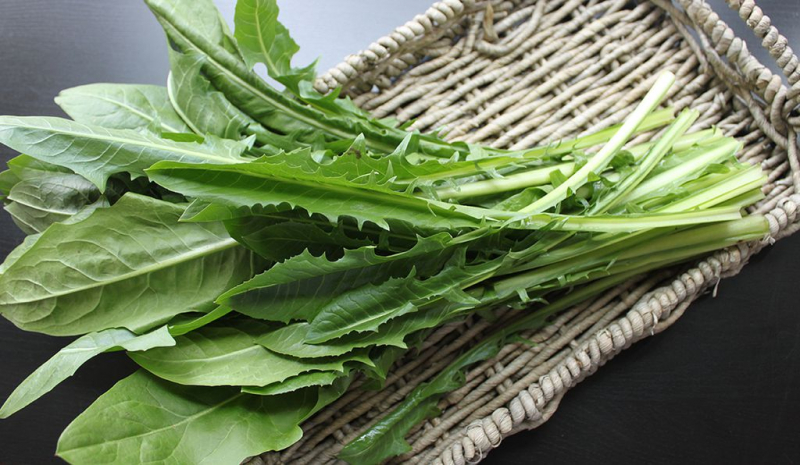
Dandelion greens 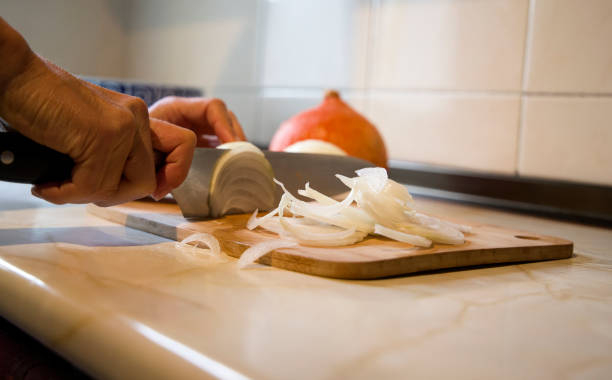
Onions -
Barley is a common cereal grain that is used in the production of beer. Every 100 grams contains 2-20 grams of beta-glucan. Beta-glucan is a prebiotic fiber that helps friendly bacteria develop in your digestive tract. Barley beta-glucan has also been demonstrated to reduce total and LDL (bad) cholesterol and the risk of cardiovascular disease. It may also aid in the reduction of blood sugar levels.
According to one study, barley beta-glucan enhanced metabolism in mice by suppressing hunger and increasing insulin sensitivity. Furthermore, barley is high in selenium. This improves thyroid function, gives antioxidant effects, and strengthens the immune system.
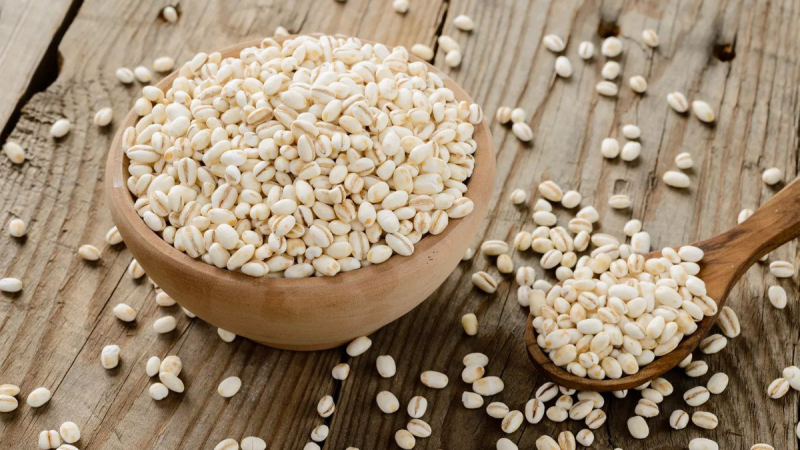
Barley 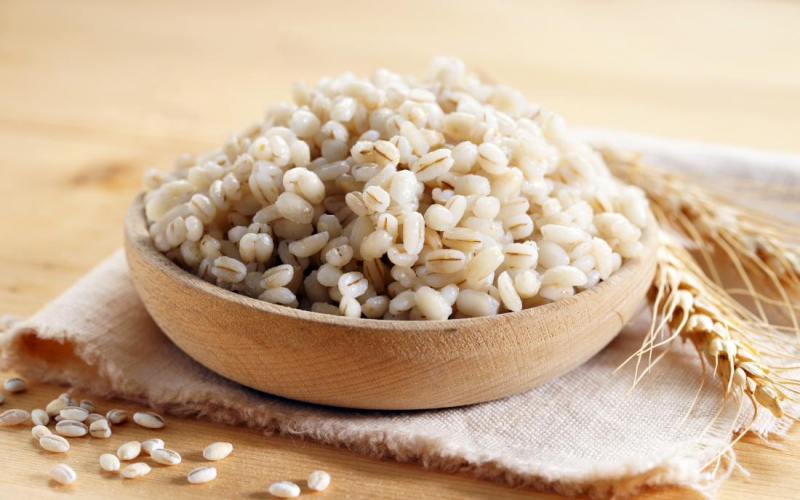
Barley -
When cocoa beans reach your digestive tract, your colon begins to produce nitric oxide. This procedure is beneficial to our cardiovascular system. Furthermore, cocoa lowers inflammation and improves blood flow. It also helps to decrease blood pressure and improve cholesterol and blood sugar levels. Furthermore, cocoa contains flavanol, a strong prebiotic linked to the development of beneficial bacteria in the stomach. Including extra organic cocoa in your diet will also help decrease your cholesterol and enhance your heart health.
You may also begin including the superfood Organic Cacao Powder into your diet. Cacao may also be used for baked items such as bread, pancakes, waffles, cakes, and cookies. This gives your favorite foods a delightful chocolaty taste. You may also use it in morning smoothies and other delectable beverages. What a fantastic approach to begin incorporating prebiotic foods into your diet!
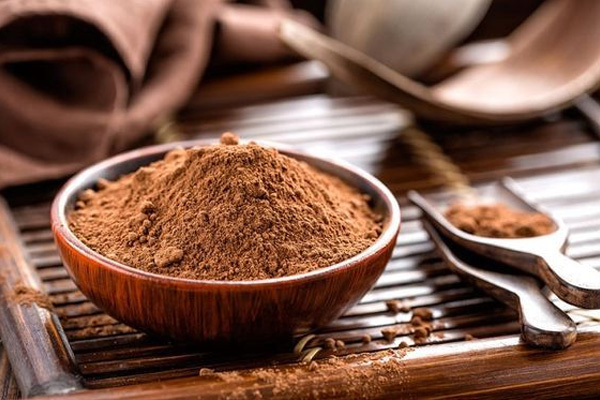
Cocoa 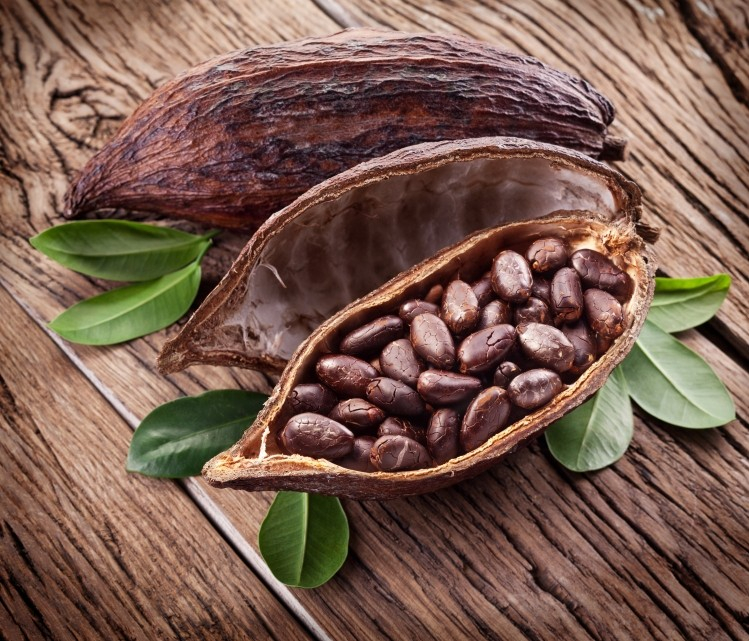
Cocoa -
Apples are a fiber-rich, tasty fruit. Pectin, a form of soluble fiber, makes up a large portion of an apple's overall fiber content. Apple pectin contains prebiotic properties. A 2016 study discovered that apple pectin might support healthy gut flora, reduce inflammation, and control weight growth and fat buildup in obese rats.
Pectin boosts butyrate, a short-chain fatty acid that feeds helpful gut bacteria while lowering the number of pathogenic bacteria. More study is needed to properly understand pectin's advantages in people. Apples, in addition to their prebiotic advantages, have been shown in studies to promote heart health and may even lower your risk of asthma and other respiratory illnesses.
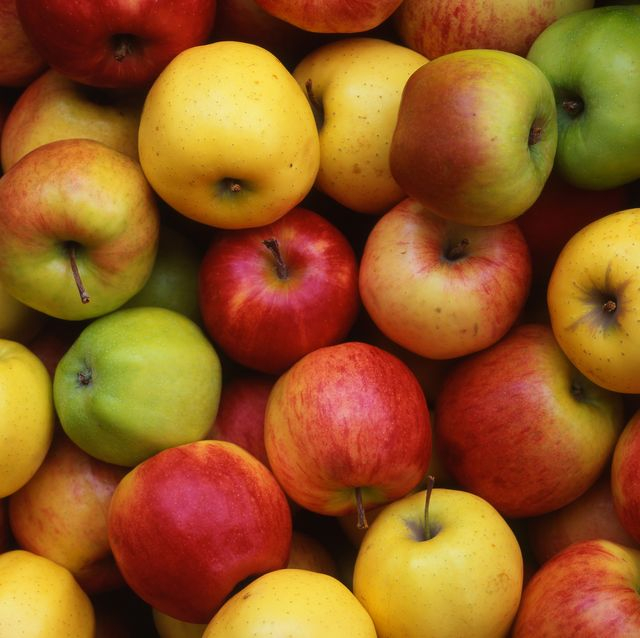
Apples 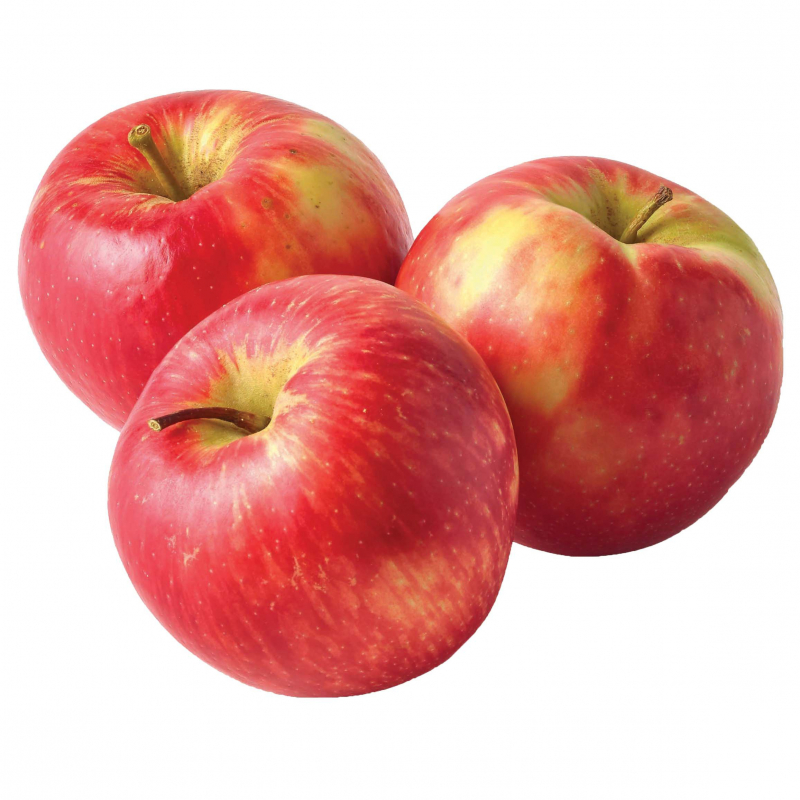
Apples -
Konjac root, sometimes known as elephant yam, is a tuber, or subterranean vegetable, similar to the potato. For ages, the plant has been utilized as food and medicine in Asia, and it is frequently used as a dietary supplement for its health benefits. This tuber flour contains 70-90% glucomannan fiber, an extremely viscous dietary fiber.
Konjac glucomannan encourages the growth of beneficial bacteria in your colon and may aid in constipation relief. Glucomannan has also been demonstrated to aid with weight reduction and reduce blood cholesterol, all while boosting glucose metabolism. It can be found in dishes prepared from the konjac root, such as shirataki noodles. Glucomannan supplements are also available.
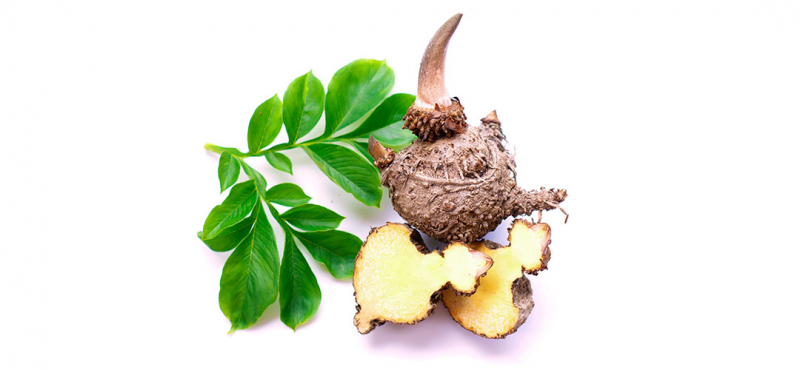
Konjac root 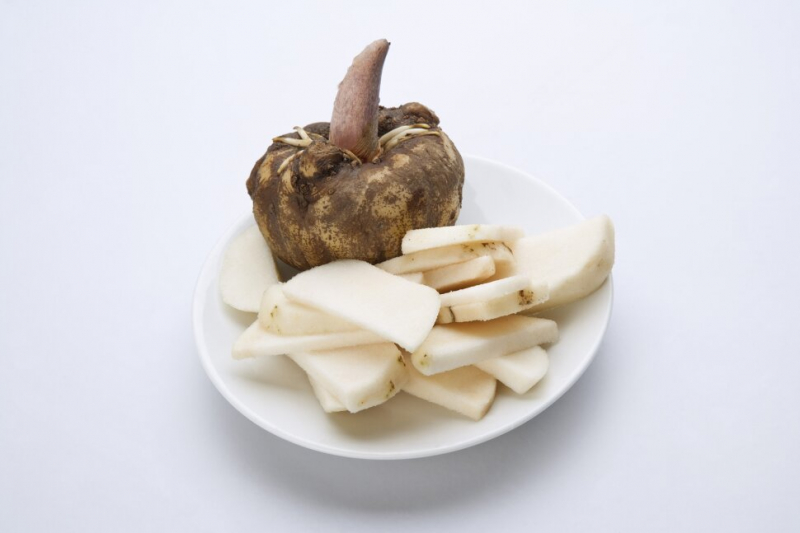
Konjac root -
Seaweed is a kind of marine algae that has a surprising number of health advantages. The prebiotic-rich meal may be utilized in recipes such as sushi rolls, soups & stews, salads, supplements, and smoothies. Seaweed is high in vitamins, minerals, antioxidants, and polysaccharides, all of which help the immune system. Soluble fiber accounts for 50-85% of seaweed fiber content.
Polysaccharides contained in seaweed have been demonstrated in lab experiments to stimulate the synthesis of short-chain fatty acids (SCFA), which nourish the cells lining your stomach. The more human study is needed to fully understand the advantages of seaweed.
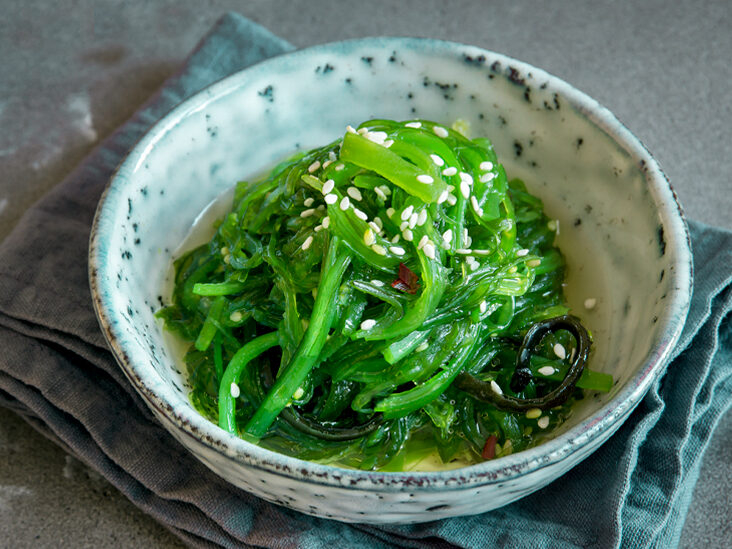
Seaweed 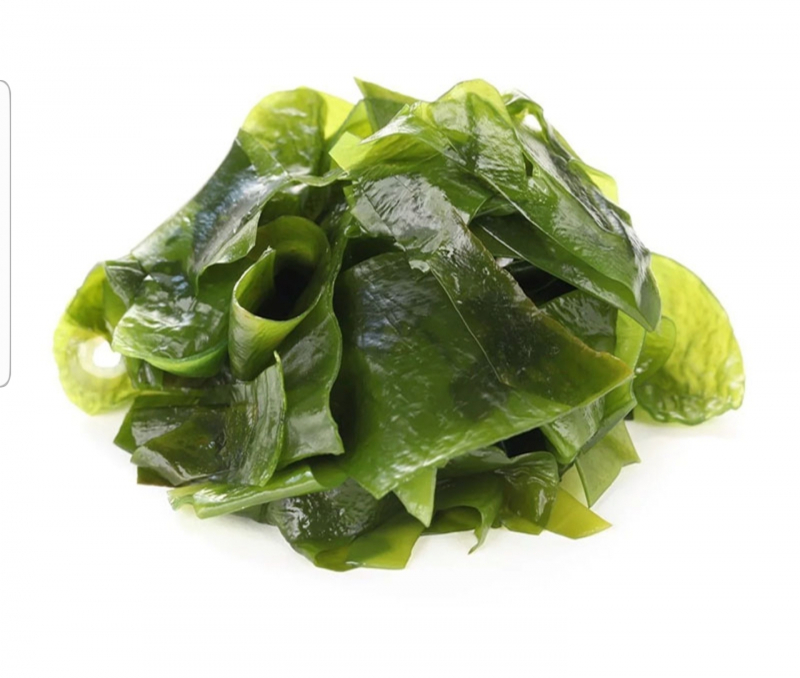
Seaweed -
The outer covering of whole wheat grain is known as wheat bran. It's a great source of prebiotics. It also has a unique fiber comprised of arabinoxylan oligosaccharides (AXOS). AXOS fiber from wheat bran has been found to increase the number of beneficial Bifidobacteria in the stomach.
In one research of healthy people, increased wheat bran consumption over three weeks resulted in an increase in Bifidobacteria counts when compared to a control group. Wheat bran has also been proven to help with digestive issues like gas, cramps, and abdominal pain. Grains high in AXOS have antioxidant and anticancer properties.
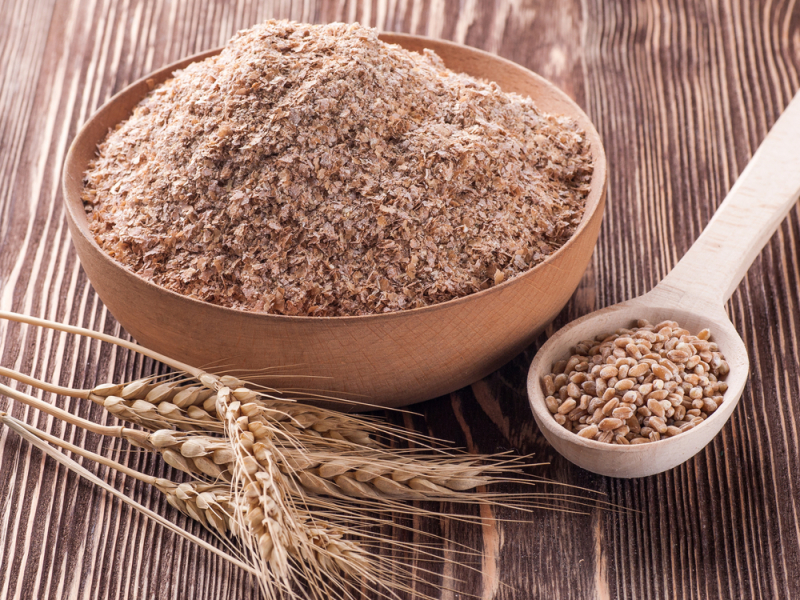
Wheat bran 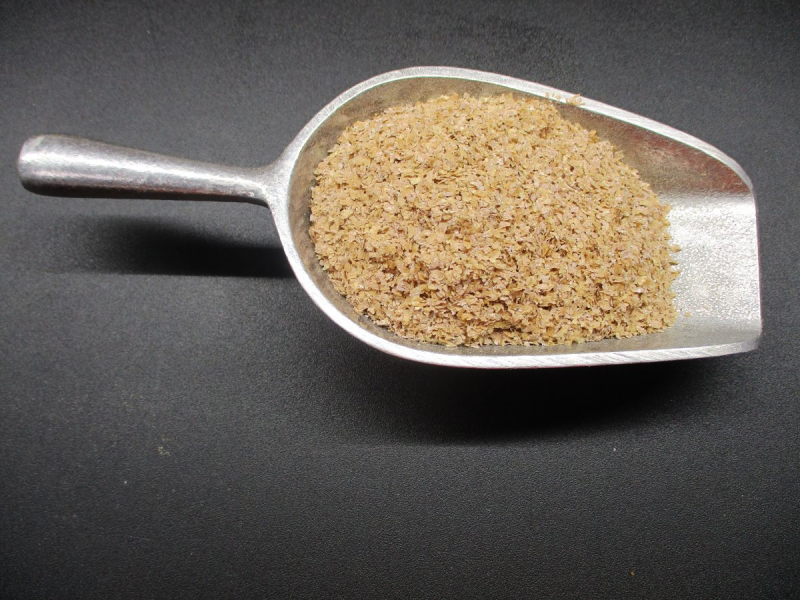
Wheat bran -
Burdock root is a vegetable popular in Japan that has been shown to provide health advantages. It has 1.8 grams of fiber per 100 grams (3.5 ounces). Burdock root contains inulin and FOS, which promote the growth of beneficial bacteria in the digestive tract. Burdock root includes phenolic chemicals, which contribute to its antioxidant qualities.
Flaxseeds are quite nutritious. They are also an excellent source of prebiotics. Flaxseed fiber boosts healthy gut bacteria, promotes regular bowel movements, and lowers the amount of dietary fat you digest and absorb. Flaxseeds have anticancer and antioxidant qualities, as well as the ability to control blood sugar levels, due to the presence of phenolic antioxidants.
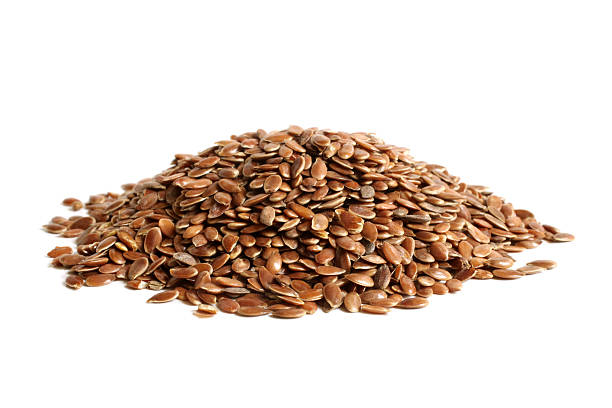
Flaxseeds 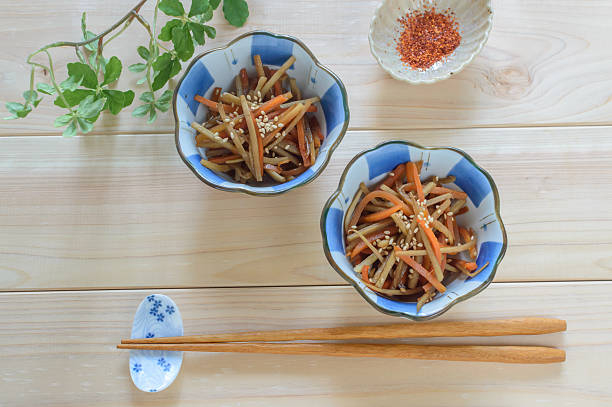
Burdock root -
Honey is both tasty and healthful, due to its antimicrobial characteristics. As the principal sweetener, it also contains oligosaccharides, which are prebiotics present in processed foods. Despite its health advantages, honey is still a kind of sugar, so consume it with caution and sparingly. The greatest method to include honey in your diet is to use it instead of sugar in tea, and if you enjoy experimenting with recipes, you can also make granola bars with honey, cereal, and other fruits.
If you are unable to consume honey due to a desire to avoid sugar or dislike the flavor, you can take Bee Pollen Supplements instead. Bee pollen, a very nutritious superfood produced by honey bees, contains critical vitamins and amino acids needed by the human body.
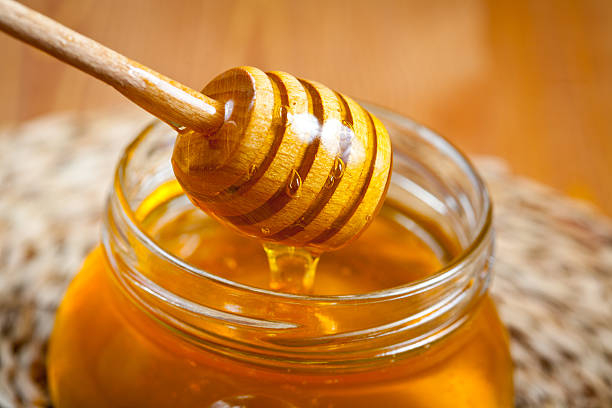
Honey 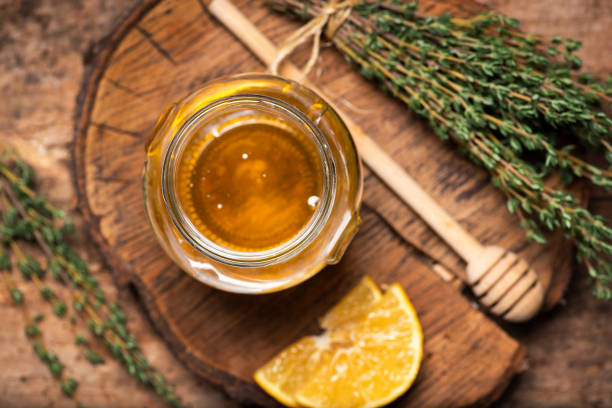
Honey -
Everyone enjoys potatoes, especially when paired with a juicy burger and a bubbly drink. However, as you are surely aware, eating fast food is not the best approach to keep yourself satiated.
Potatoes, on the other hand, contain resistant starch, which has prebiotic properties. Even though heating potatoes causes starch loss, all fibers recover part of their original characteristics after the potatoes cool. Making a nutritious potato salad is an excellent method to enhance your prebiotic intake. You'll benefit from the potatoes and the protein in the eggs.
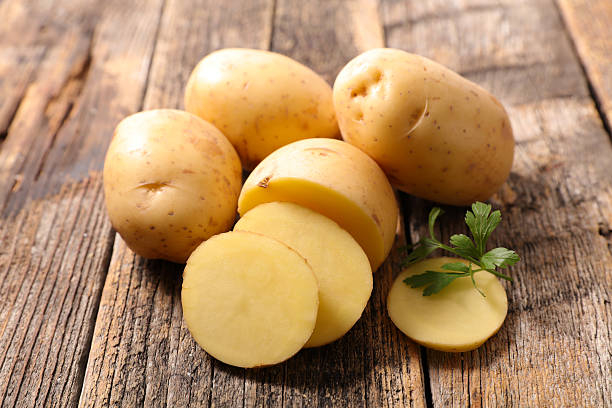
Potatoes 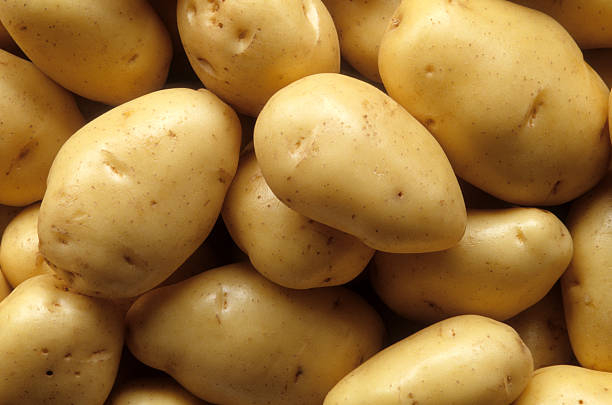
Potatoes















